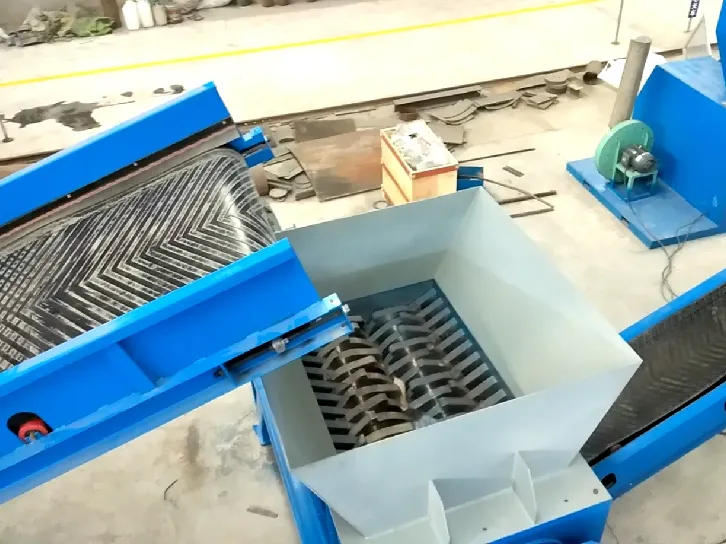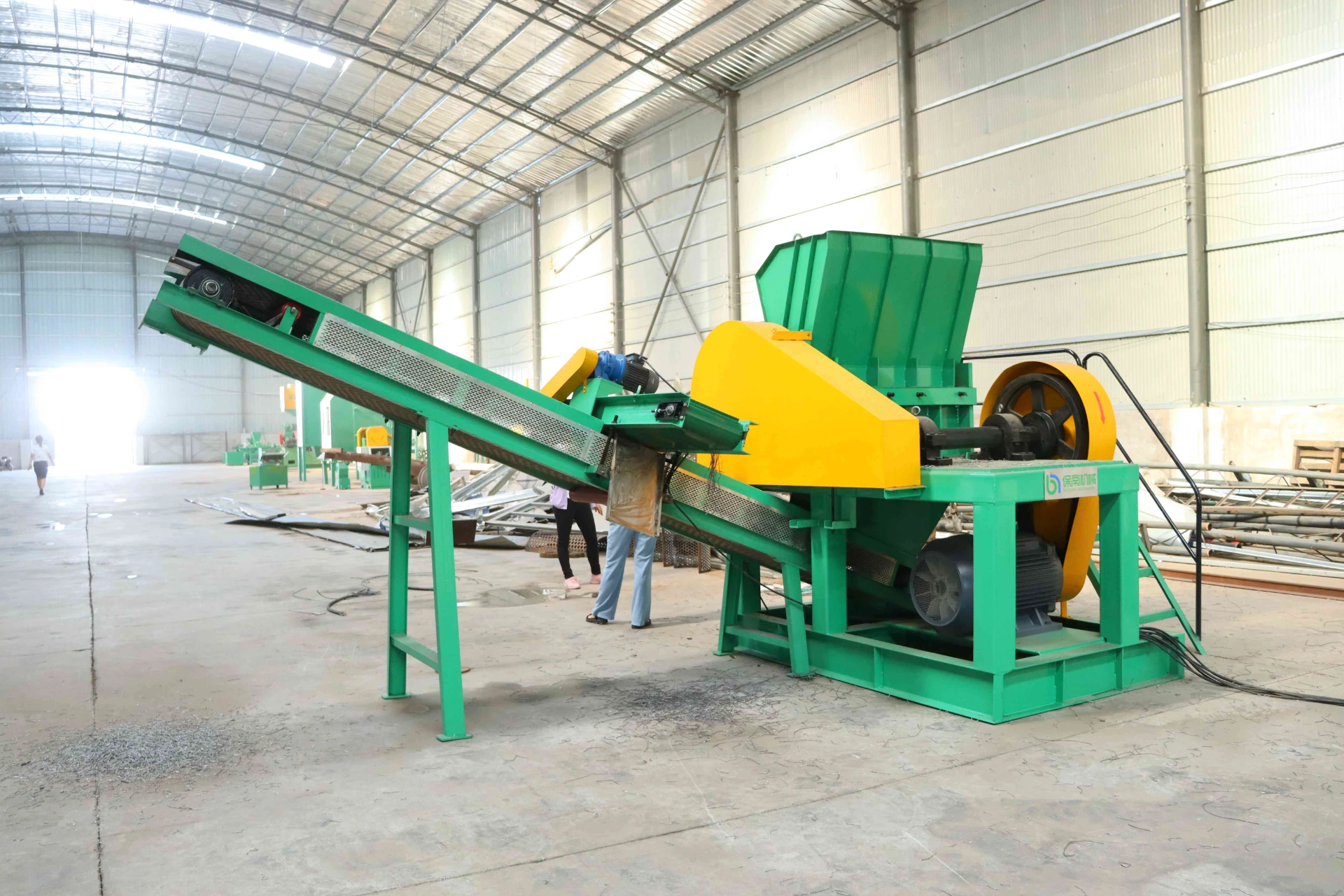
1 月 . 06, 2025 10:39 Back to list
Cable granulation is a transformative technology in the recycling industry, presenting a unique blend of environmental responsibility and economic opportunity. As an expert in the field with over a decade of experience, I have witnessed firsthand the remarkable impact this process has on both the recycling landscape and business profitability. This article delves into the intricacies of cable granulation, exploring its benefits, technical process, and industry implications.

Cable granulation involves the recycling of electric cables to efficiently separate valuable copper or aluminum from plastic insulation. This process is not only essential for maximizing resource utilization but also plays a crucial role in reducing landfill waste and promoting sustainable practices. With the increasing global emphasis on environmental sustainability, cable granulation is more relevant than ever.
In terms of technical execution, cable granulation is a sophisticated process requiring specialized machinery. The process begins with the shredding of cables into smaller pieces, effectively liberating metallic components from their insulating casings. Advanced granulators then pulverize the materials further, achieving a fine granularity that facilitates the separation phase. Through a combination of vibrating screens, air separators, and magnetic separation systems, metal fragments are meticulously sorted from plastic debris.

The precision and efficiency of this separation phase underscore the technological expertise inherent in cable granulation. For businesses, investing in high-quality granulation equipment can lead to significant returns. These returns manifest not only through the sale of recovered metals but also via reduced disposal costs and enhanced environmental compliance.
A critical advantage of cable granulation is its contribution to creating a circular economy. By reclaiming valuable metals, industries minimize the need for virgin mining and reduce their carbon footprint. The repurposed metals can then be reintroduced into manufacturing processes, completing a sustainable lifecycle that benefits both the economy and the environment. This closed-loop system exemplifies how cable granulation fosters environmental stewardship and efficient resource management.
Industry authority is bolstered by adhering to international recycling standards and maintaining rigorous quality controls. Trustworthiness in cable granulation operations can be reinforced through certifications from recognized bodies such as ISO or RIOS. These certifications ensure that recycling practices meet the highest global standards, enhancing credibility with clients and stakeholders.
Moreover, the adoption of cable granulation technology signifies a commitment to cutting-edge recycling methodologies. Companies that leverage these advancements are better positioned to navigate regulatory frameworks that increasingly favor sustainable operations. As governments impose stricter regulations on waste management, businesses equipped with cable granulation capabilities can tap into new market opportunities and mitigate potential compliance risks.
Despite the evident benefits, challenges in cable granulation must be acknowledged. Contaminants such as oils or non-ferrous materials can complicate the recycling process, necessitating ongoing research and development to refine separation techniques. Industry experts advocate for continuous innovation and adaptation to address these challenges, ensuring cable granulation remains an integral component of modern recycling strategies.
My extensive experience in the domain of cable granulation has taught me that the success of this technology hinges on an informed and strategic approach. By prioritizing expertise, technological excellence, and sustainable practices, businesses can harness the full potential of cable granulation. As the recycling industry evolves, embracing these principles will not only enhance operational efficiency but also establish businesses as pioneers in sustainable resource management.
In conclusion, cable granulation is a vital cog in the recycling machinery of the future. Its capacity to reclaim valuable resources while minimizing environmental impact positions it as an indispensable tool for industries committed to sustainability. By fostering expertise, authority, and trust within the sector, stakeholders can unlock new opportunities and drive forward the mission of creating a sustainable world.
Latest news
Unveiling the Power of Eddy Current Separator
NewsSep.25,2024
Transform Your Home Recyclin:home metal shredder
NewsSep.25,2024
The Future of Waste Management with Recycling Line Picker
NewsSep.25,2024
The Benefits of a Metal Recycling Plant
NewsSep.25,2024
Revolutionize Material Separation with Onwang Technology
NewsSep.25,2024
Innovative Waste Management: Unveiling the MSW Sorting Plant
NewsSep.25,2024